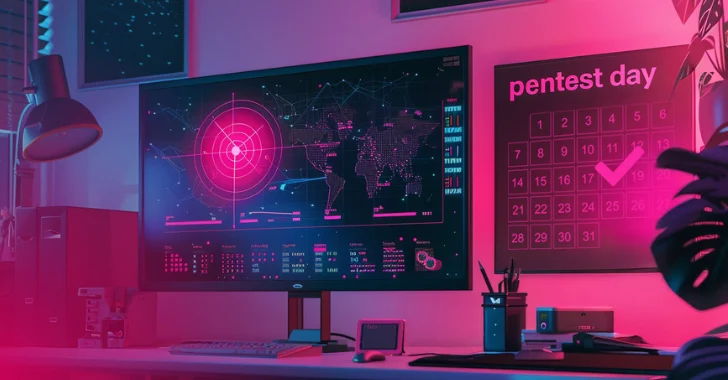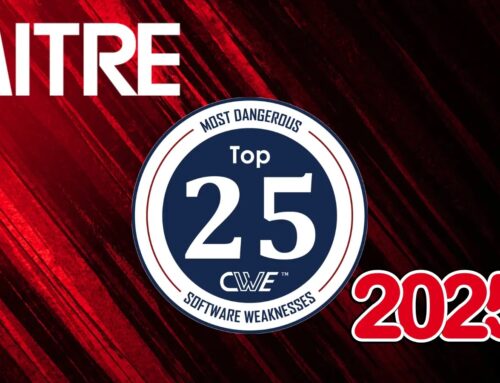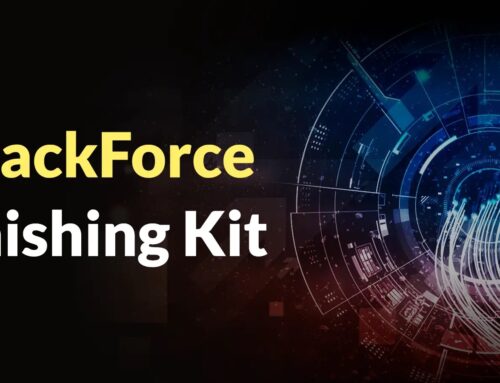
Pentests once a year? Nope. It’s time to build an offensive SOC
The Illusion of Annual Pentests: Why Your Security Needs an Offensive SOC
You wouldn’t run your blue team once a year, so why accept this substandard schedule for your offensive side? This poignant question cuts to the core of a critical challenge facing modern cybersecurity. In an era where cyber threats evolve at a breakneck pace, relying on sporadic security assessments like annual penetration tests or quarterly red team engagements is no longer just inadequate; it’s a dangerous oversight. Your cybersecurity teams are under intense pressure to be proactive and to find your network’s weaknesses before adversaries do. Yet, in many organizations, offensive security remains a periodic event – a sprint rather than a marathon, an audit rather than a continuous operation.
This article explores the fundamental shift required in our approach to offensive security: moving beyond episodic assessments to establishing a robust, always-on Offensive Security Operations Center (Offensive SOC). We will delve into why continuous offensive capabilities are paramount and how to build a security posture that truly outpaces threat actors.
The Limitations of Periodic Pentesting
While invaluable, annual penetration tests, quarterly red team engagements, or single audit sprints provide only a snapshot of your security posture. They are analogous to taking a single photograph of a rapidly moving target. The moment the assessment concludes, new vulnerabilities may emerge, configurations may change, and new threats may surface. This creates significant blind spots and leaves organizations vulnerable during the long intervals between assessments.
- Temporal Gaps: A year is an eternity in cybersecurity. New zero-day exploits, like those leveraging vulnerabilities such as CVE-2023-23397 (typically associated with elevation of privilege flaws), can appear and be exploited long before your next scheduled pentest.
- Scope Limitations: Pentests often focus on specific segments or applications, leaving other critical parts of your infrastructure unexamined for extended periods.
- Reactive, Not Proactive: This model is inherently reactive. It identifies weaknesses after they’ve been introduced, rather than proactively seeking them out as an attacker would.
The Rise of the Offensive Security Operations Center
An Offensive SOC adopts a continuous, holistic approach to offensive security, mirroring the continuous operations of a Defensive SOC. It’s about building a dedicated, internal capability to constantly identify, exploit, and remediate vulnerabilities before adversaries can. This shift is not merely about increasing the frequency of tests, but about integrating offensive security into the daily fabric of your security operations.
Key pillars of an Offensive SOC include:
- Continuous Vulnerability Hunting: Moving beyond automated scans to manual exploration, fuzzing, and analysis of custom applications and complex environments.
- Proactive Red Teaming: Regular, often unannounced, red team exercises designed to simulate realistic attack scenarios against your defenses and personnel.
- Purple Teaming: Fostering close collaboration between offensive and defensive teams to share intelligence, improve detection capabilities, and validate security controls.
- Threat Emulation: Replicating specific threat actor tactics, techniques, and procedures (TTPs) to assess the effectiveness of your security stack.
- Security Tool Validation: Continuously testing and tuning your security tools (e.g., SIEM, EDR, WAF) to ensure they effectively detect and prevent attacks.
Building Your Offensive SOC: Key Considerations
Establishing an Offensive SOC requires strategic planning and investment. Here are crucial steps and considerations:
- Dedicated Resources: Allocate a dedicated team with diverse skills, including ethical hacking, reverse engineering, exploit development, and network analysis.
- Tooling and Infrastructure: Invest in specialized tools for vulnerability scanning, exploitation frameworks (e.g., Metasploit, Cobalt Strike), attack simulation platforms, and secure lab environments.
- Process and Methodologies: Define clear methodologies for continuous security assessments, reporting, and remediation tracking. Integrate findings directly into your SDLC and operational processes.
- KPIs and Metrics: Establish key performance indicators to measure the effectiveness of your Offensive SOC, such as time to discovery of vulnerabilities, number of critical vulnerabilities identified, and improvements in detection rates.
- Legal and Ethical Framework: Ensure all activities are conducted within a strict legal and ethical framework, with proper authorization and scope definition.
Remediation Actions: From Discovery to Resolution
The output of an Offensive SOC is not merely a list of vulnerabilities but actionable intelligence for remediation. Effective remediation involves a structured approach:
- Prioritization: Categorize vulnerabilities based on severity, exploitability, and potential impact. Leverage frameworks like CVSS with specific vulnerabilities such as CVE-2024-21310 (a common example for remote code execution flaws).
- Immediate Mitigation: For critical vulnerabilities, implement temporary controls (e.g., WAF rules, network segmentation) while a permanent fix is developed.
- Patch Management: Establish a robust and timely patch management process for operating systems, applications, and network devices.
- Configuration Hardening: Implement security baselines and regularly audit configurations to ensure adherence.
- Developer Education: Integrate security awareness and secure coding practices into developer training.
- Verification and Validation: After remediation, re-test the vulnerability to confirm it has been successfully addressed and that no new issues have been introduced.
The Future is Continuous Offensive Security
The adversary’s clock runs 24/7, 365 days a year. Your offensive security capabilities must, too. Shifting from sporadic assessments to a continuous Offensive SOC model isn’t just a trend; it’s a strategic imperative. It empowers your organization to proactively identify weaknesses, strengthen defenses, and build a truly resilient security posture that can withstand the relentless pressure of modern cyber threats. By embracing this proactive stance, organizations can transform their security from a reactive cost center into a powerful business enabler, safeguarding critical assets and maintaining trust in a dynamic threat landscape.





